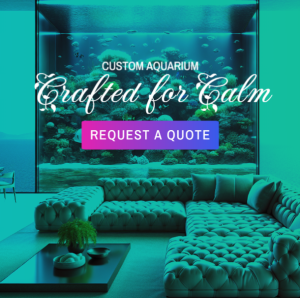by admin
Share
MLS IDX Integration Made Simple: A Guide for Real Estate Websites
Introduction
Are you a real estate professional looking to enhance your website? If so, MLS IDX integration could be the solution you need. This powerful tool has the potential to transform your online presence and set you apart from competitors. By connecting your site to the Multiple Listing Service (MLS), you can display up-to-date property listings directly on your website. As a result, you can create a seamless experience for your clients while boosting your leads. In this guide, we’ll explore the benefits of MLS IDX integration and how to implement it effectively for your real estate business.
What is MLS IDX Integration?
Before diving into implementation, let’s first understand the basics. MLS stands for Multiple Listing Service—a centralized database of property listings used by real estate professionals. On the other hand, IDX, or Internet Data Exchange, is the technology that allows these listings to be displayed on a website. Therefore, MLS IDX integration enables real estate agents to provide their clients with direct access to comprehensive property data, which is critical for improving the client experience.
Benefits of MLS IDX Integration for Real Estate Websites
When considering MLS IDX integration, you should keep in mind the numerous benefits it offers for real estate professionals. These include:
- Increased Traffic: By offering a rich database of listings, your website becomes a go-to resource for potential buyers.
- Better User Experience: Clients can browse listings easily without needing to visit multiple websites, which is more convenient.
- Enhanced Lead Generation: Capture leads effortlessly through contact forms, property inquiries, and saved searches.
- Real-Time Updates: Since listings update automatically, your website will always feature the most accurate information.
- Professional Branding: By integrating MLS IDX, you position yourself as a trusted expert in the real estate market.
Clearly, these advantages make MLS IDX integration an essential investment for real estate professionals aiming to grow their business.
How to Add MLS IDX Integration to Your Website
At first glance, adding MLS IDX integration may seem complex. However, with a structured approach, it becomes manageable. Follow these steps to get started:
1. Choose the Right IDX Provider
First and foremost, you’ll need to select a reliable IDX provider. Ideally, the provider should offer a user-friendly interface, customizable features, and seamless integration with your existing website platform. Some popular options include IDX Broker, iHomefinder, and Showcase IDX.
2. Ensure MLS Membership
Next, make sure you are a member of your local MLS, as this is required to access MLS data. If you’re not a member, contact your local MLS board to join and obtain the necessary credentials. Without these credentials, you won’t be able to integrate the MLS database into your website.
3. Install the IDX Plugin or Code
After obtaining your credentials, you can proceed to install the IDX plugin or code on your website. Many IDX providers offer plugins for platforms like WordPress, making the process simpler. Alternatively, you may need a web developer to assist with manual installation.
4. Customize Your Listings
To further enhance user engagement, customize your IDX display to align with your brand and meet your clients’ needs. For instance, you can include features like “luxury homes” or “waterfront properties” to cater to niche markets.
5. Test and Launch
Finally, before going live, ensure that you thoroughly test your MLS IDX integration. Check for any broken links, formatting issues, or usability problems. Once everything is working correctly, you can confidently launch your updated website.
Tips for Optimizing MLS IDX Integration
To fully reap the benefits of MLS IDX integration, it’s important to optimize its features. Below are some actionable tips:
- Use SEO-Friendly Features: Incorporate keyword-rich content, meta tags, and optimized images to improve your search rankings.
- Promote New Listings: Regularly highlight fresh properties on your homepage or in email campaigns to attract more visitors.
- Enable Saved Searches: Allow users to save their favorite properties and receive alerts for similar listings.
- Integrate Social Media: Share your property listings directly on social platforms like Facebook and Instagram to increase visibility.
By implementing these tips, you can make your integration even more effective.
Challenges to Consider
While the advantages are clear, it’s also essential to acknowledge potential challenges. These include:
- Cost: Depending on the provider, setup and monthly fees can add up.
- Technical Issues: Integration may require advanced technical knowledge, so having access to support is crucial.
- Compliance: Be sure your integration complies with MLS rules and regulations to avoid penalties.
STAY IN THE LOOP
Subscribe to our free newsletter.
Leave A Comment
Discover the Power of AI Image Generators in Largo, FL [...]
Unlock Creative Potential with AI Image Generators in Dunedin, FL [...]
Transform Your Digital Presence with an AI Image Generator in [...]

























































